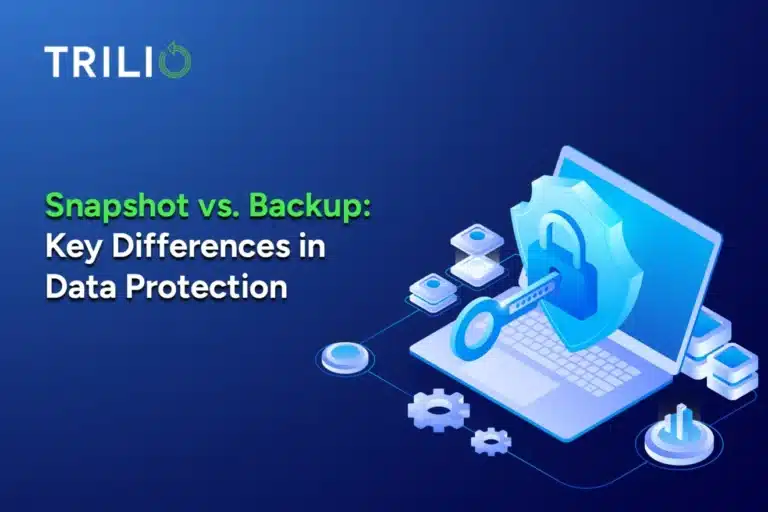We can all agree that big data – or really, just data – are the crown jewels of your organization. But what are you doing to preserve, protect and defend your data? Have you developed a big data disaster recovery plan?
Regardless of how you’re deploying big data – public cloud, private cloud, hybrid cloud –, you’d be remiss if you have a half-baked disaster recovery (“DR”) strategy.
While many public cloud services are cost-effective, they don’t offer complete backup and DR solutions. Big Data applications such as NoSQL are complex and your DR plan needs to account for these complexities – which include the database applications, OS, various configurations, and the data itself.
For all the virtues of public/private clouds, outages still happen and the speed of recovery is in doubt when the applications are complex and when you’re sharing resources with other businesses in a multi-tenant cloud environment. Business assurance at companies both large and small requires the kind of fast recovery that many cloud services may not be capable of delivering.
But make no mistake – as data growth explodes, the types of data evolve (mobile, cloud, and web applications) and IT budgets stay static, companies are looking to leverage the public cloud for backup and DR. A recent study by Microsoft and Forrester revealed that 44% of the 209 enterprises surveyed want – or are planning – to extend DR to the public cloud, and Forrester has seen this adoption growth double over the past four years.
Yet at the same time, there’s a need for balance. In its report, Forrester recommends a hybrid backup and DR strategy comprised of on-premises backup and public cloud, especially for large businesses with hundreds or thousands of databases. I couldn’t agree more. Anecdotally, many of today’s IT leaders are excited about the public cloud’s cost and flexibility but are understandably skittish about reliability (“What happens if Amazon’s main data center goes down?”). Additionally, have you considered that your big data is too complex of an organism to be managed in certain clouds?
CIOs we’ve spoken to are warming to the idea of using the public cloud for some data capabilities, but they’re keeping Tier-1 applications on-premises or in a dedicated private cloud with failover to a DR site. We think this type of public cloud/private cloud/on-premises mixed approach is the most effective way to meet your RTO and RPO metrics and limit the impact a disaster has on your data and business.
But we want to hear about your approach to disaster recovery. Seventy-nine percent of respondents in the Forrester survey say they still need to improve their level of DR capabilities for tier-1 applications – do you feel this way too?



